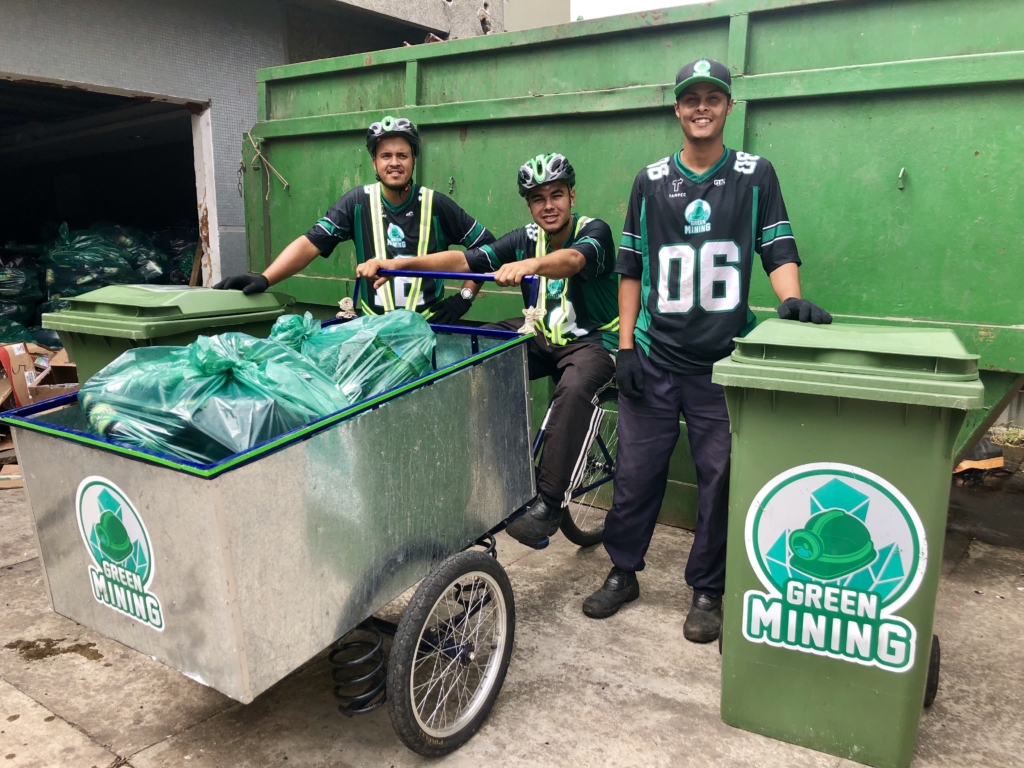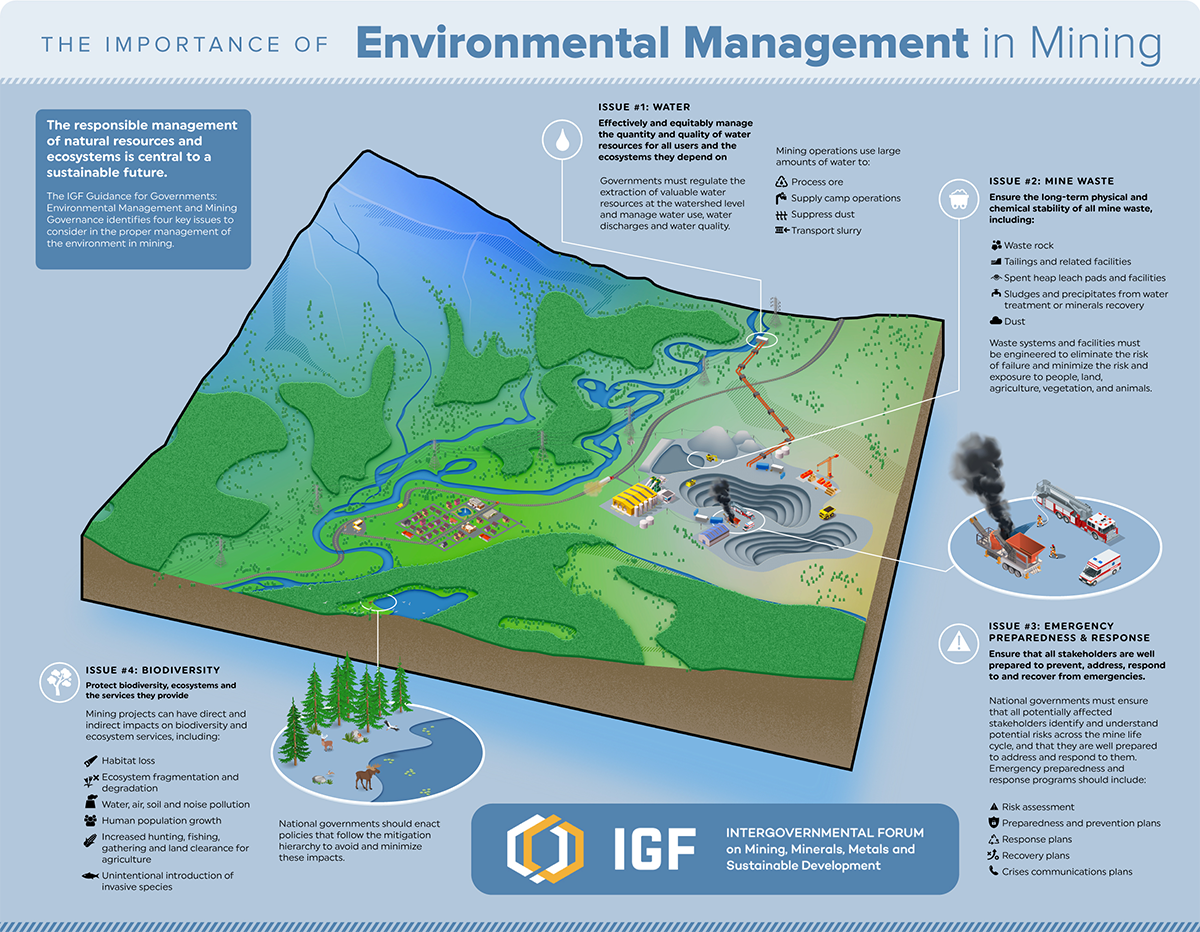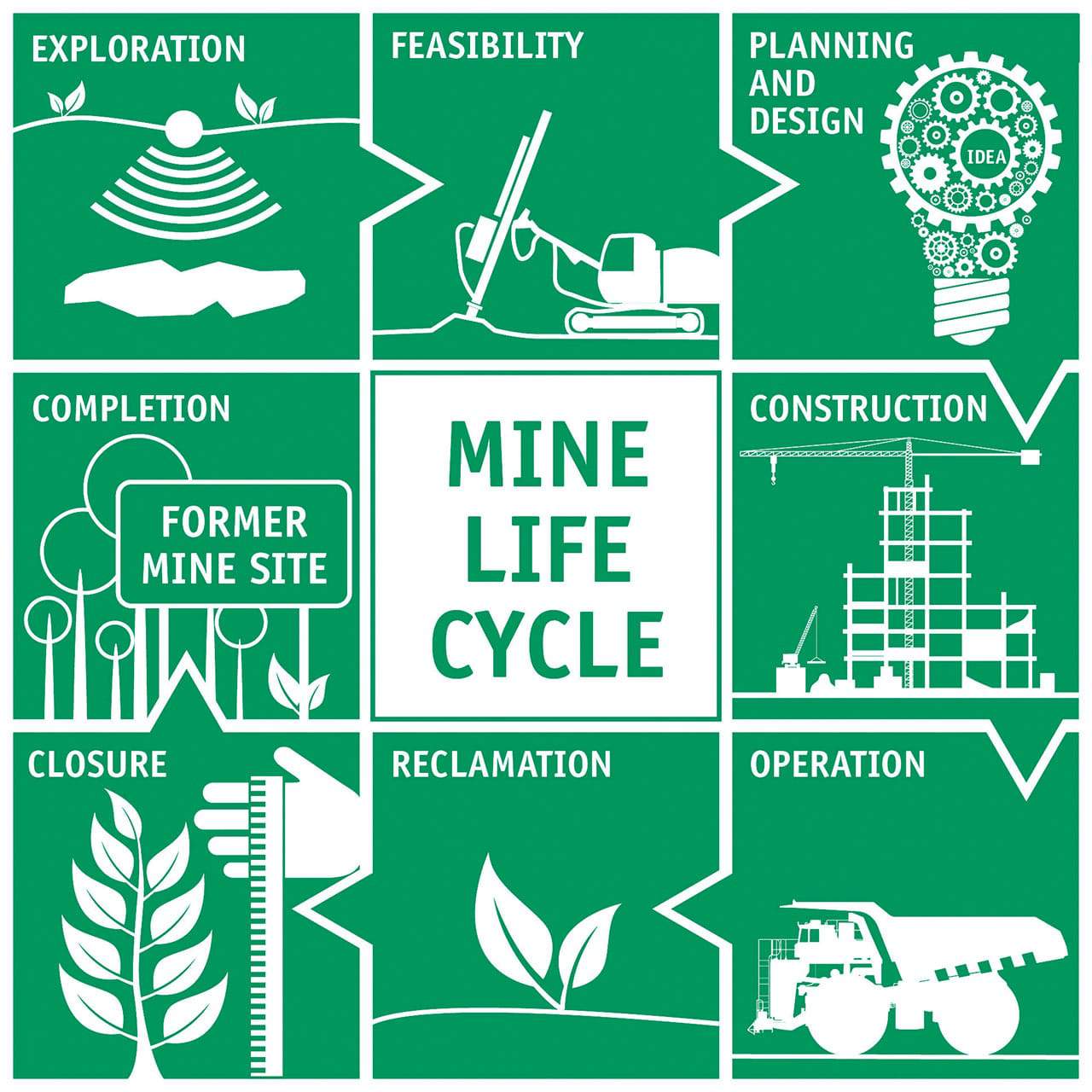With humans continuously realizing that Climate change is impacting every sphere that matters and we have unable to stop its effects, lest alone win this war against time.
In desperation to survive, we have begun seeing almost everything through the lens of sustainability and green-clean operative.
And so far, we have succeeded in setting green standards to the most, ranging from sustainable fashion to retail, green industry to widely-accepted EVs. Its high time we begin greening the most polluted sectors, let’s say Mining: the way mining can become carbon neutral.
Conventional v/s Green Mining:
When the conventional mining is undertaken to extract precious metals, such as copper, from deep underground mines, we get the mineral in solid ores which is then needed to be crushed and processed.

For instance, when copper is crushed, over 99% of the crushed rock gets wasted.
Such mines are therefore, environmentally impactful, expensive to construct, unviable to decommission later, produce excessive waste rock, involve greater energy consumption and as end-result, emit greater amounts of carbon-di-oxide.
Green mining may be defined as “technologies, best practices and mine processes that are implemented as a means to reduce the environmental impacts associated with the extraction and processing of greenhouse gases, used water and minerals” (According to Kirkey of NRC, 2014).
It, however, represents a novel way to extract two assets in tandem: the metal-bearing fluids as well as geothermal power. It does this in a way that dramatically reduces the environmental impacts driven by conventional mining.
Conclusively, the development of innovative green mining technologies seeks to improve the mining sector’s economic as well as environmental performance simultaneously.
However, treading this path in the name of sustainable mining, can be dangerous as it can ignore a larger issue as seen in EU, lead to overconsumption and can ultimately have irreversible consequences on the environment.
What can actually be done under Green Mining?
Geoscientists at the University of Oxford have well demonstrated the sustainable way to extract valuable metals from hot salty fluids or brines trapped within the porous rocks lying around 2km below the world’s dormant volcanoes.
Hot magma flowing beneath these volcanoes releases gases those tend to rise up higher towards the opening. And these gases are rich in certain essential metals– copper, gold, zinc, silver and lithium.
Any alternative, cleaner way to avail these metals can thus be needed for a net zero future ahead as the world may witness an increasing demand and importance in electricity generation, transmission and even electric vehicles.
Once the pressure drops while travelling towards the surface, these gases get separated into steam and brine. Most of these metals dissolve in the surrounding air inside and get accumulated in the dense brine, which further gets trapped in deep-found porous rock.
This brine can then potentially act like a ‘liquid ore’ containing valuable metals. While the metal-depleted steam can continue coiling up to the surface to form fumaroles.
A professor associated with the study explains: “Getting to net-zero will place unprecedented demand on natural metal resources, demand that recycling alone cannot meet. We need to be thinking of low-energy, sustainable ways to extract metals from the ground. Volcanoes are an obvious and ubiquitous target.”
Researchers could find several million tonnes of copper in the brines tested and Copper is one key metal to affect the transition towards sustainable economies.
The research finds well within the bounds of an international effort (between the UK and Russia) that uses every relevant study to understand: volcanology, hydrodynamic modelling, geochemistry, geophysics and high temperature experiments.
More geophysical surveys of volcanoes can highlight more active as well as dormant volcanoes to harbor a potentially exploitable treasure of metal-rich brine.
“Active volcanoes around the world discharge to the atmosphere prodigious quantities of valuable metals.”
“Continuing the de-risking work, which we are pursuing on many fronts through international collaboration, is important. Likewise, we need to identify the best test-case volcano to drill an exploration well.”
Risks and challenges with green mining: Technological gravities
Extreme temperatures above 450°C and difficult drilling at the depth of 2kms.
The fluids extracted from the porous rocks tend to be corrosive, placing restrictions on the types of drilling materials used in the process.
The unwanted metals extracted from these fluids are dumped into the well-bore, causing a problem known as ‘scaling’ like the deposition of limestone around the surfaces.
Preventing such depositions will require research and comprehensive knowledge about the dynamics of fluid flow and pressure-temperature control in the well-bore surroundings.
And prevention of such surface corrosion requires developments in materials science to create resistive coatings to fight deposition on the other hand.
There are other problems with fluid extraction. The consistent flow of fluids into the well once drilled is a bigger problem and the permeability-porosity characteristic of hot, ductile rock is a challenging field to tamper.
Even the risk of triggering volcanic eruptions exists while drilling and must always be assessed. However, this has been considered through drilling directly into the hot rocks above the magma chamber and not the magma.
When Nature creates a problem, it normally offers us with solutions too. How can we use other alternative ways to attain the glorious goal?
There is further need to engage in certain zero-discharge processes those can “re-mine” the existing waste materials exploited in order to recover valuable metals and minerals.
Sustainable mine closure and rehabilitation shall be prioritized. For example, A polymer has been developed to facilitate the plant growth in metal-contaminated soils.
Cleaning up the water used during mining is a tedious task, especially during fracking for natural gas which can be put to cleaning.
Currently, a single well uses 15 million liters of water and more than 50% of it flows out, loaded with salts and chemicals, at times radioactive materials.
Green mining technologies primarily deal with mine filling, water preservation, simultaneous extraction of coal and gas to reduce waste, oxidizing utilization of ventilation air methane (VAM), and gangue discharge reduction.
It becomes Government’s imperative to identify priority areas of technology application and innovation in this sector.
The authorities, therefore, shall regulate and establish the standards to encourage the application of green mining technologies and simultaneously limit the growth of old mining methodologies to help prosper new method.
For this, a value-added tax (VAT) or duty exemption policy for the equipment import could be issued to motivate enterprises who can invest in advanced equipment facilitating clean production and green mining implementation.
Additionally, a green mining assistance fund, devolved from the central government budget can be set up so that there is no dearth to finance the renovation of coal mine gas control technologies.
All along, green mining system channels need to be increased either through the issuance of treasury bonds or creation of financial instruments.
Efficient operation frameworks for the technology innovations can be organized by government sectors, commercial corporations, and coal enterprises significantly.
The professor leading the study stresses: “Green mining is a scientific and engineering challenge which we hope that scientists and governments alike will embrace in the drive to net zero.”




